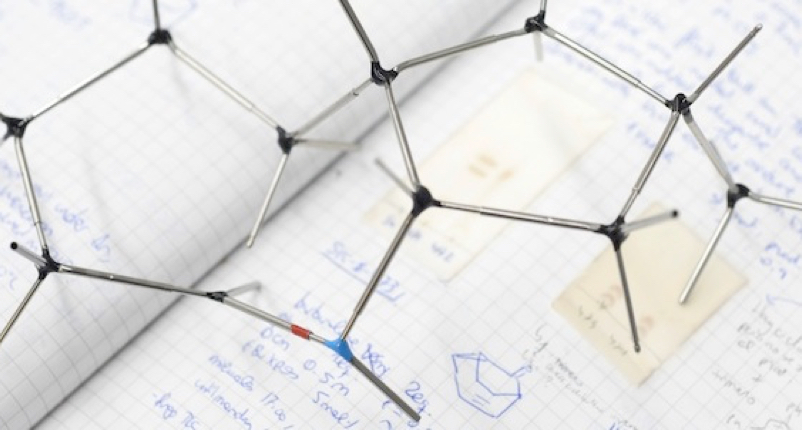Exploring the mechanisms of aqueous methanol dehydrogenation catalyzed by defined PNP Mn and Re pincer complexes under base-free as well as strong base conditions
The mechanisms of aqueous methanol dehydrogenation reaction [CH3OH + H2O = 3H2 + CO2] catalyzed by conjugated PNP pincer amido M(CO)2(PNP) and amino HM(CO)2(PNHP) complexes [M = Mn, Re; and PNP = N(CH2CH2P(isopropyl)2)2] under base-free and strong base conditions as well as the K+ promotion effect were studied at the B3PW91 level of density functional theory. Benchmark calculations including dispersion and/or solvation corrections validated the computed gas phase data to be closest to the available kinetic and thermodynamic data from experiments. Under base-free conditions, the innocent mechanism is kinetically more favorable than the non-innocent mechanism. Under strong base conditions, KOH plays a dual role: deprotonating the substrate by OH− and stabilizing the rate-determining transition state by K+ by lowering the free energy barrier for H2 formation by N⋯K+⋯O interaction. Considering the special role of formic acid in H2 storage and CO2 hydrogenation, formic acid dehydrogenation should be accessible under base-free and strong base conditions.

Z. Wei, A. de Aguirre, K. Junge, M. Beller, H. Jiao
Catal. Sci. Technol. 2018, 8, 3649-3665
DOI:
10.1039/C8CY00746B

Let's create a brighter future
Join our team to work with renowned researchers, tackle groundbreaking
projects and contribute to meaningful scientific advancements


















